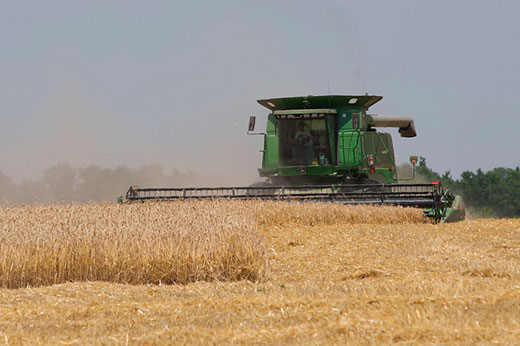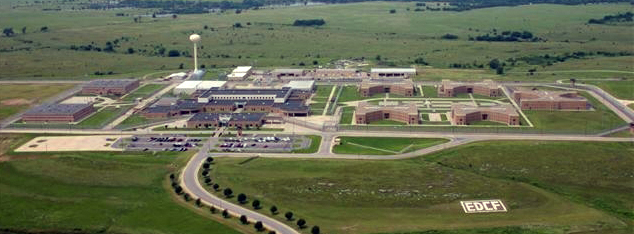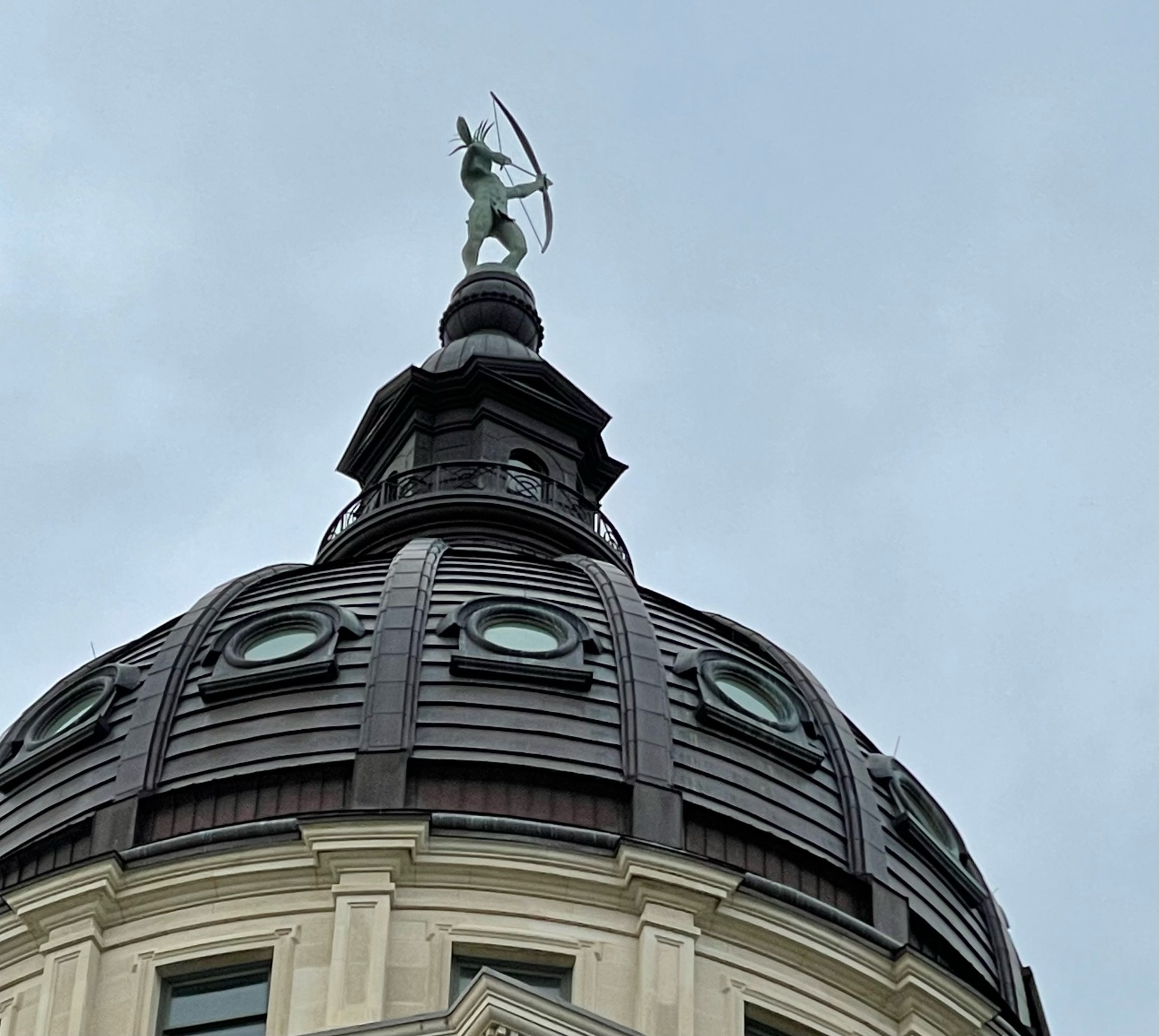Early concerns for a tough year on Kansas farms linked to the coronavirus pandemic in 2020 were ultimately alleviated by strong crop yields, dramatically improved grain prices and COVID-19-related government payments, according to the Kansas Farm Management Association.
Net farm income for KFMA members climbed to $167,894 last year, up from $108,960 the previous year and the five-year average of $98,282. The data reflected a string of consecutive years of increasing gains since 2015 when income plummeted to $6,744, its lowest average in 30 years.
In what he termed as “the wild ride of 2020,” KFMA director Kevin Herbel said early expectations were for a sharp drop in income due to market and supply chain disruptions, temporary livestock processing closures, dry weather in some areas, increased feed costs and other factors. However, the year turned out better than anticipated, due in large part to pandemic-related relief.
Government payments linked to coronavirus pandemic relief and traditional program payments (Agricultural Risk Coverage, or ARC, and Price Loss Coverage, or PLC), plus livestock and conservation payments averaged $113,078, which was 67% of net farm income, Herbel said. Without those payments, 2020 net farm income would have averaged $54,816 per farm.
Not all Kansas farms are KFMA members, but the data serve as a barometer of sorts for how farms are faring on an annual basis. The 2020 KFMA Executive Summary is available online.
In the annual summary, farmers who irrigated 20% to 60% of their crops fared best at $211,058, with those who irrigated more than 60% averaging $205,567. Dryland net farm income averaged $176,047.
Net income for diversified farms that raise crops and have beef cattle backgrounding operations averaged $173,443. For crop producers who also background and finish their own cattle, net farm income averaged $203,546.
Average net income for dairy cattle operations was $188,279, well above the $66,647 average in 2019.
Those operations listing cowherd as their only source of income averaged $61,932, up from $51,986 a year earlier.
The summary also indicated that in 2020:
- Net worth for the average KFMA farm, from the beginning to the end of 2020, rose by $135,811.
- Total debt per farm decreased 3.15%, the largest annual decrease in debt since the early 1970’s.
- The gross value of crop production increased to $414.30 per acre, the highest level since 2013, while crop production costs increased 2.2%.
- Machinery and equipment investment increased; however, machinery costs were level at $91.51 per acre with a decrease in fuel expense offsetting increased depreciation expense
- The value of livestock produced by the average KFMA farm increased 17.6%. However, more than 26% of this total value came from COVID-19-related government payments. Without those payments, the value of livestock production would have decreased 13.8%.
“While there is optimism and positive expectations as we look forward in 2021, there is still much uncertainty and volatility,” Herbel said. “It is important for farm managers to assess their individual financial position, to know their numbers and use their numbers, in order to better understand the environment in which they are making decisions.”
An Agriculture Today radio interview with Herbel and KFMA agricultural economists from around the state on the topic is available online. For more detail, including information on different areas of the state, check the 2020 KFMA Executive Summary online.
_ _ _
Listen to an interview by Eric Atkinson with Kevin Herbel on the weekday radio program, Agriculture Today



